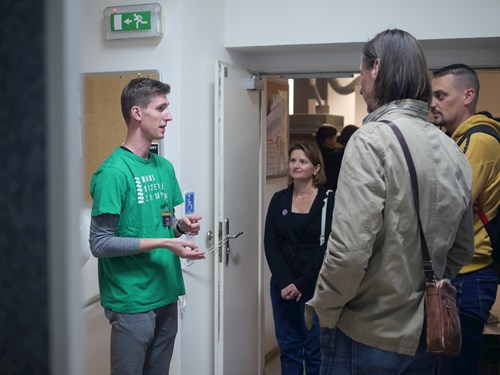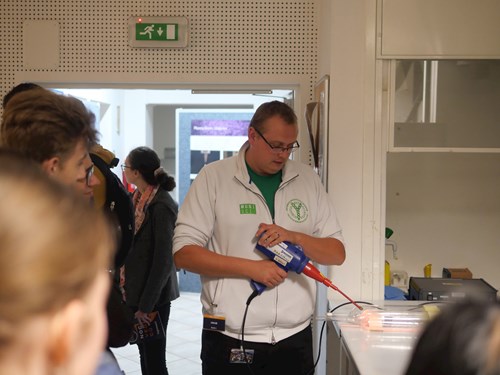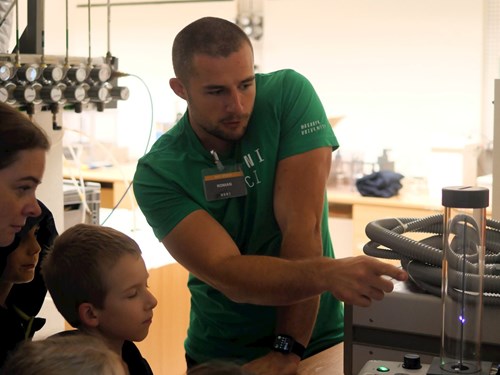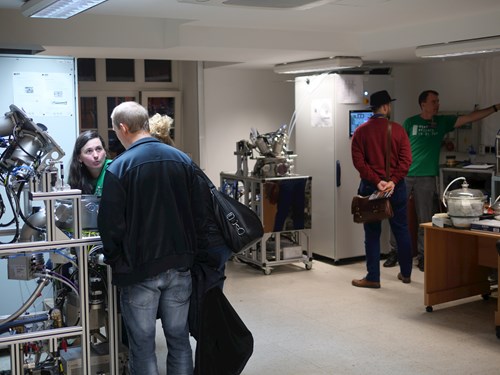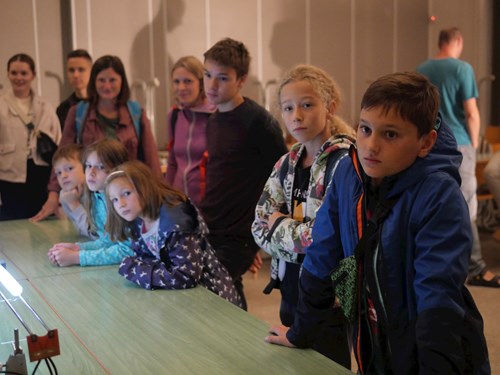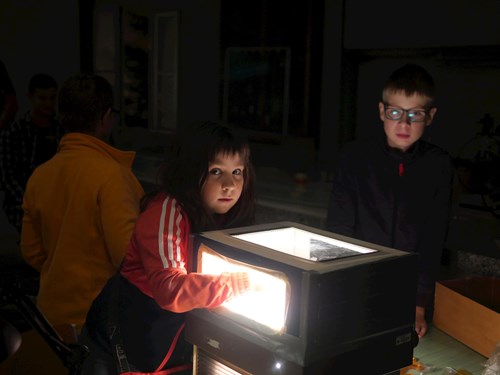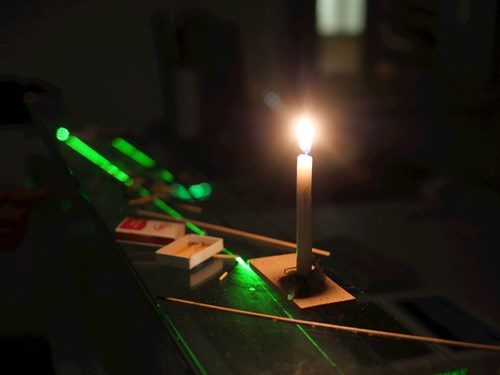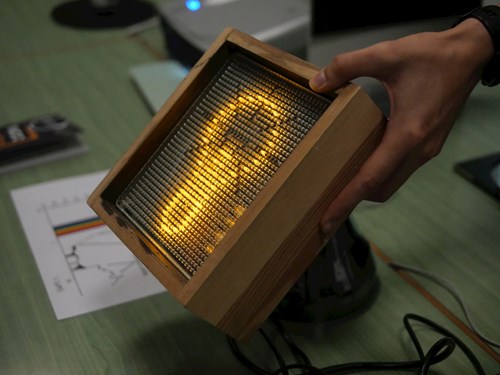
Tomáš Hoder Appointed Professor
On 16 December 2025, Tomáš Hoder, leader of the Plasma Diagnostics and Modelling research group at DPPT and CEPLANT at SCI MU, was officially appointed Professor by President Petr Pavel during a ceremony at the Carolinum. This honor highlights his exceptional contributions to plasma physics, international collaborations, and commitment to teaching and mentoring future scientists.


